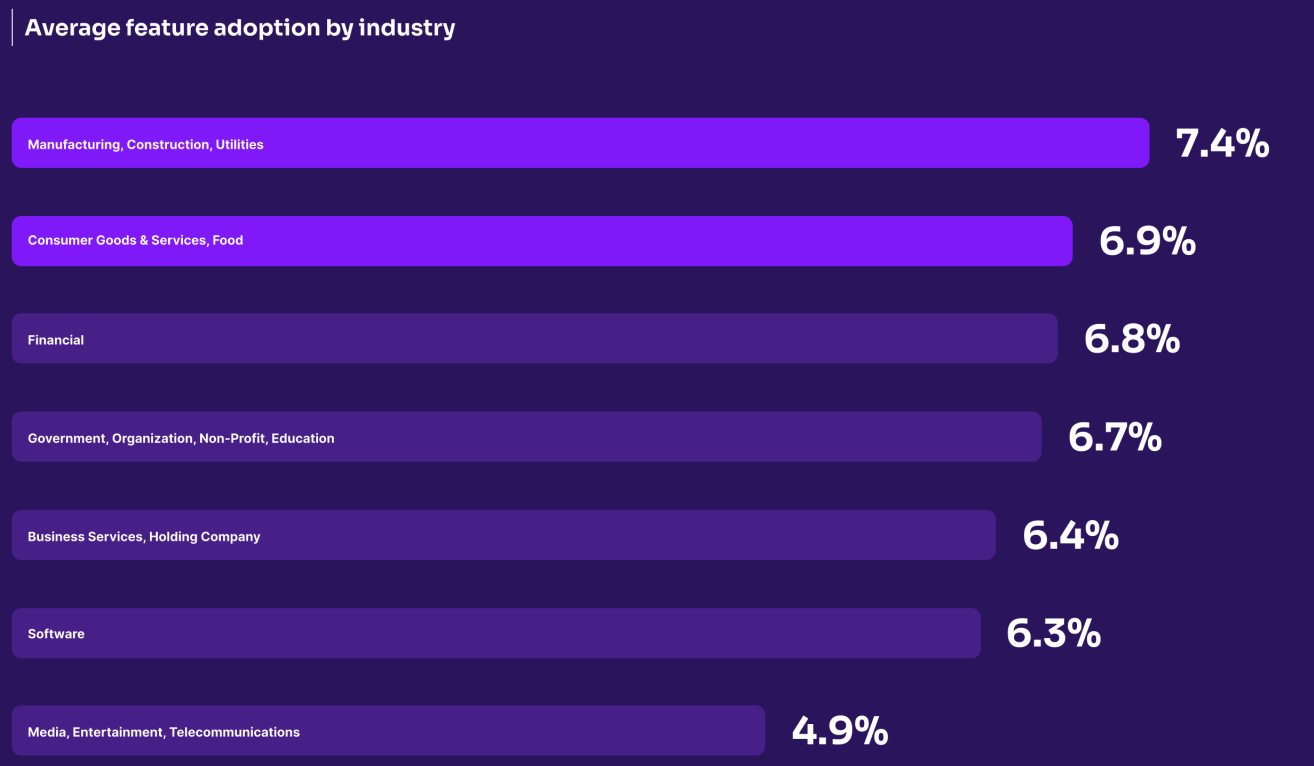Jorge Rodriguez-Ramos looks at those categories most likely to lead to data-driven blunders, and how to avoid them.
Broadly, these categories are: improper testing, too much data too often, and picking the wrong North Star metric.
Improper testing
With testing, says Jorge, keep it simple and test one variable at a time. You will have to run multiple tests or create more than two variables, which might feel like a waste of valuable time, but compared to getting consistently unactionable results or worse, false positives, you’ll be happy you put in the extra effort.
Too much data, too often
Once you have the data, only check it when you might learn something from it, and check it at the level of granularity that makes the most sense, often weekly (if not even monthly) to prevent daily fluctuations from throwing you off. Very few metrics will be consistent on a daily basis, says Jorge, and paying attention to background noise fluctuations will only be a waste of effort.
The wrong North Star metric
There’s no perfect North Star metric: Any single metric will be unable to grasp all the ins and outs of even the most simple of businesses. But there are better and worse North Star metrics. To start, the metric should be somehow paired with the value you bring to your customers.
Read the original post: Data-driven blunders and how to avoid them







